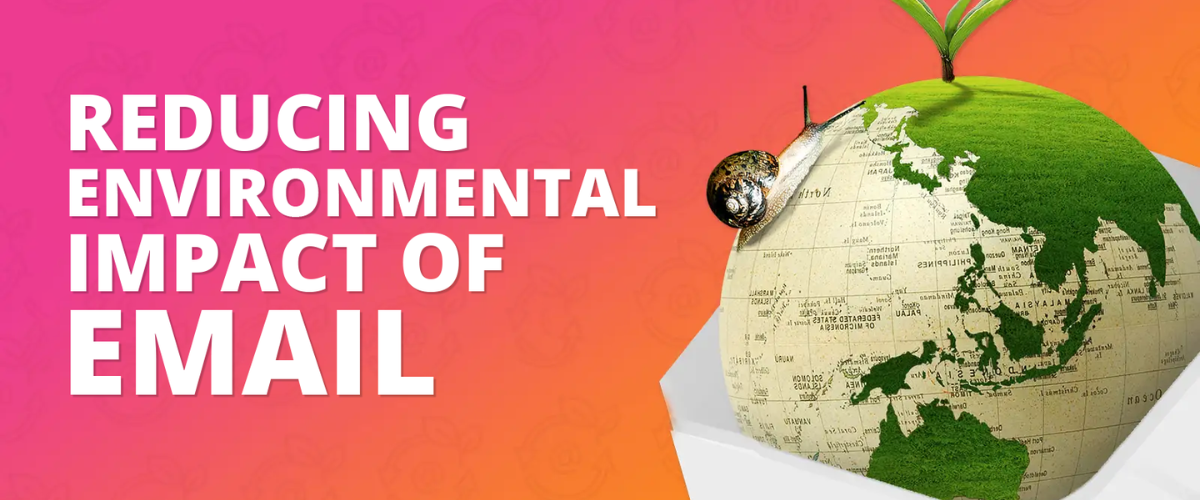
In our quest to protect Earth, even seemingly mundane tasks like sending emails play a role in environmental sustainability. The carbon footprint, a measure of greenhouse gas emissions contributing to climate change, extends to email communications. Let’s explore the environmental impact of emails and how email marketers can adopt practices to make a positive change.
Understanding the Email Carbon Footprint
To comprehend the environmental impact, consider these examples:
Sending an email produces about 4 to 50 grams of CO2.
Storing an email in your inbox generates roughly 10 grams of CO2 per year.
Reading an email with media files exceeding 1 MB produces over 3.3 grams of CO2e.
Though seemingly small, the cumulative effect is significant. Sending, reading, and storing 2,654 emails equate to the carbon footprint of a Warsaw–Paris flight, emitting 99 kg of CO2.
Factors Contributing to Email Carbon Footprints
Email Size:
The combined size of email code and media affects the carbon footprint.
Smaller emails contribute less to emissions during transmission and storage.
Servers and Network Maintenance:
Energy usage in technologies handling emails, including servers and routers, impacts the environment.
Many major server companies now use clean energy sources.
Spam:
Spam emails waste energy during transmission, reception, and storage.
Spam filters play a crucial role in curbing energy consumption.
Devices:
Over 90% of CO2 emissions from sending emails originate from the devices used.
Each smartphone emits 31 kg of CO2 into the atmosphere per month.
Strategies for a Greener Email Marketing Approach
Clean Contact Lists Regularly:
Maintain an eco-friendly approach by having a clean list of contacts.
Remove inactive contacts, giving subscribers the option to opt out.
Use Email Segmentation:
Personalize your campaigns with targeted messages using email segmentation.
Send fewer, more relevant emails to foster better engagement and reduce energy consumption.
Optimize Email Sizes:
Decrease media file sizes by compressing images and resizing them.
Optimize video files and avoid unnecessary attachments to minimize energy use.
Consider email code size and prioritize simplicity for both sustainability and accessibility.
Email Testing:
Conduct thorough testing to catch errors before sending emails.
Minimize the need for correction campaigns, which contribute to additional energy consumption.
The Call to Action for a Greener Future
While emails are a relatively eco-friendly means of communication, continuous improvement is vital. Maintaining a clean contact list, segmenting audiences, and reducing email sizes are pivotal steps email marketers can take to contribute to a sustainable environment. As stewards of this planet, embracing these practices ensures a promising future for generations to come. Let’s collectively strive for a greener email marketing landscape, starting today.

